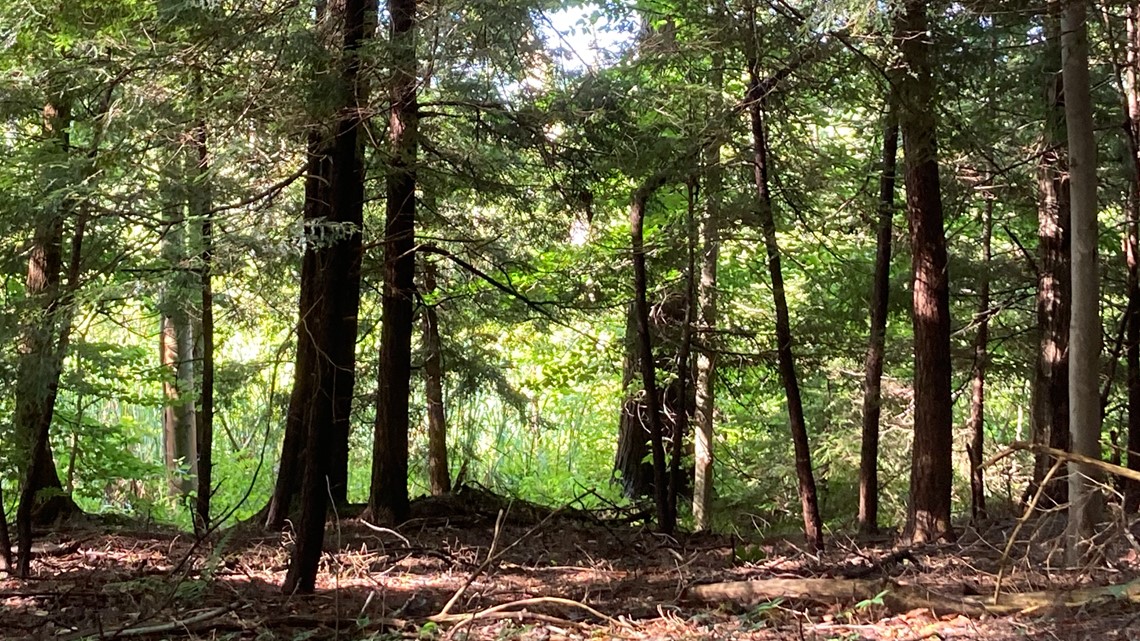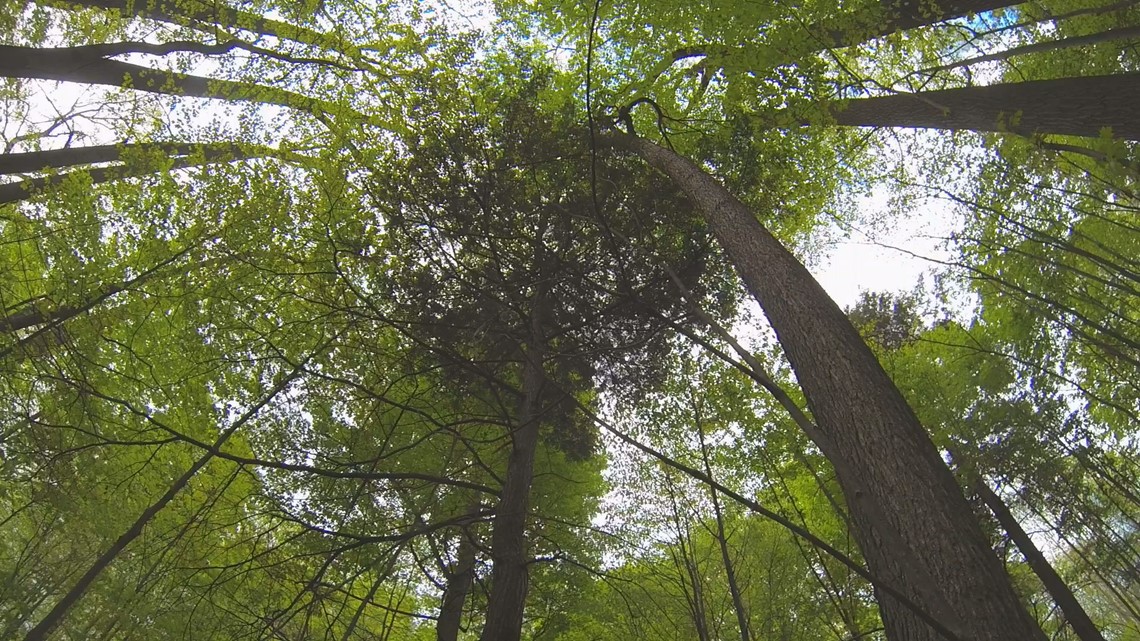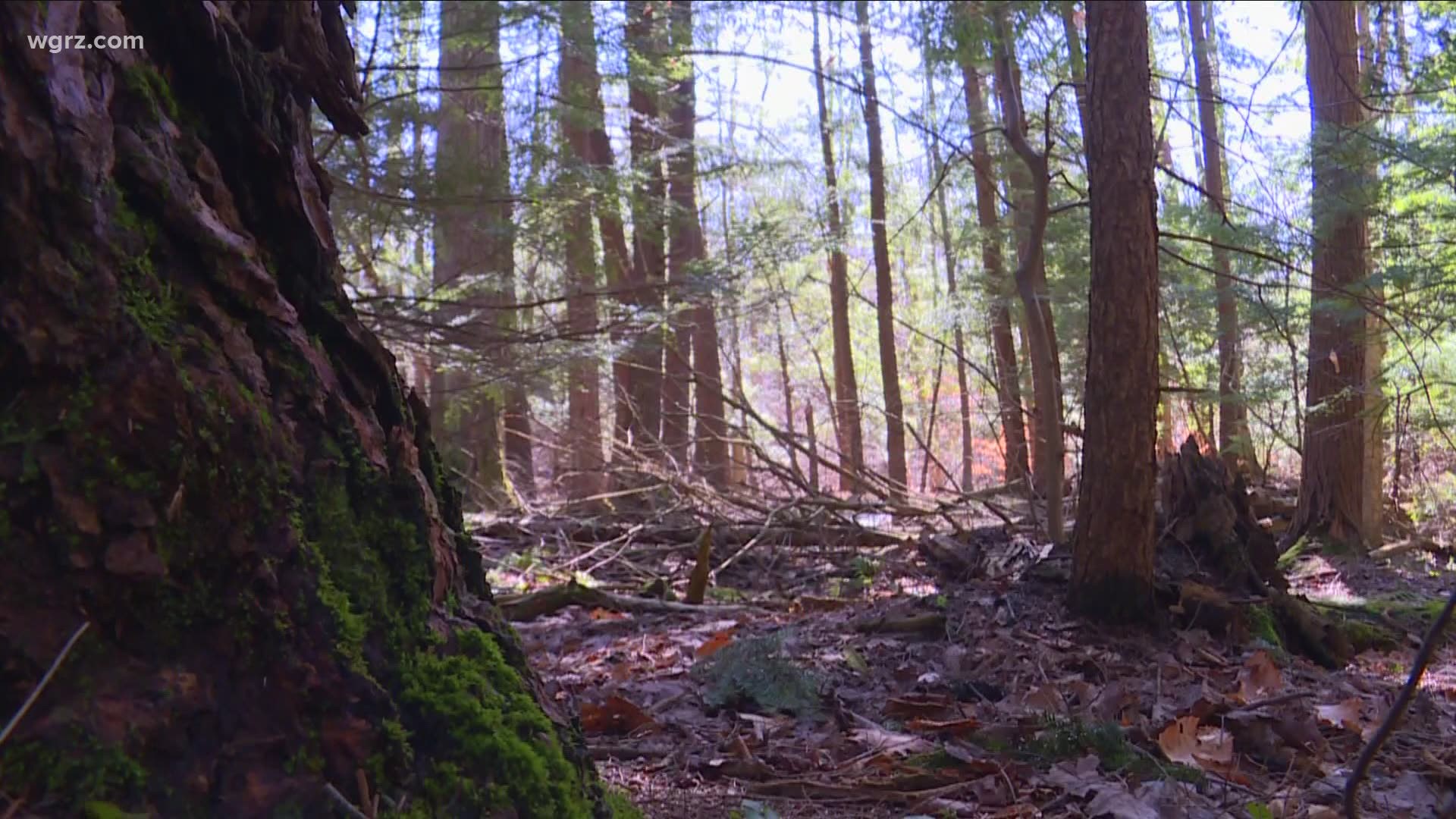FREDONIA, N.Y. — Of the many mysteries of nature, the idea of plant communication is especially enigmatic. But decades of research has found that trees communicate in many ways. To do so, they cooperate with other life forms in a process called mutualism, which is two organisms living together in a mutually beneficial relationship.
"The primary means of communication for mutualism is mycorrhizal fungi," says SUNY Fredonia Biology Professor Jonathan Titus.
The fungi interact with a tree's roots, or on a cellular level, exchanging nutrients and even helping deal with threats such as insects and pathogens.
"These mycorrhizal fungal species are hooked up to the roots of plants and exchange materials with plants," Titus said." And so the fungi will be connected to one or many different individuals of different species."


This symbiotic relationship forms a vast underground network of communication that operates unseen. Titus says that in many ways it is akin to the human brain.
"You have a really complex network, that's why people compare it with neurons in the brain, because of the level of complexity," Titus said. "So now we know that plants are sending each other messages, not just within a species, but between species, about pathogens, insect species, resources."
It is also known that there are "mother trees," the matriarchs of the forest that serve as a hub of these systems.
"Though the mother trees will be hooked to many individuals, they do prefer their own kin, and they recognize their own kin, and that's been shown through an elaborate series of experiments, that they know who they're related to," Titus said.


As we continue to learn more about our planet, it should change our way of thinking in regard to life we may have previously seen as nothing more than a commodity.
"It really kind of supports the idea of all these connections in nature," Titus says. "Keep that in mind when we manage our natural areas or when we manage areas that we use for resources."

